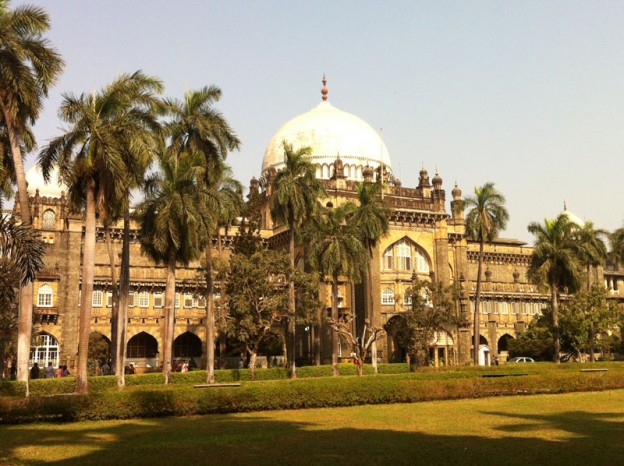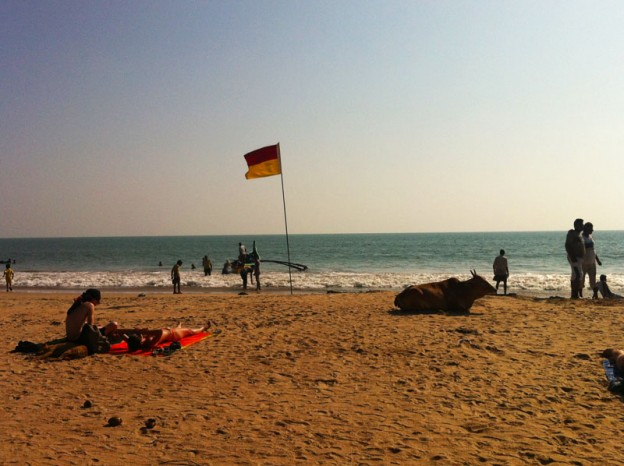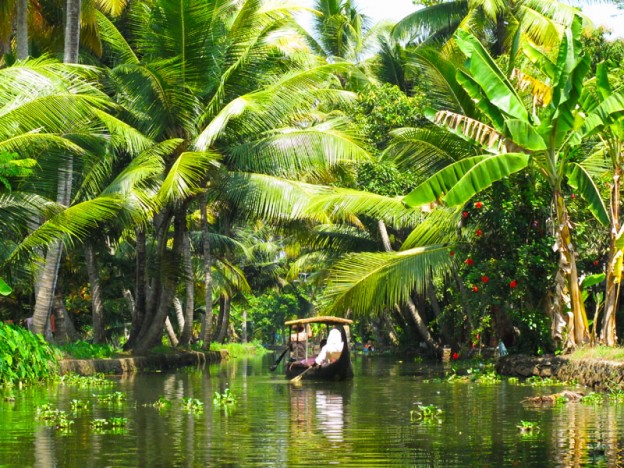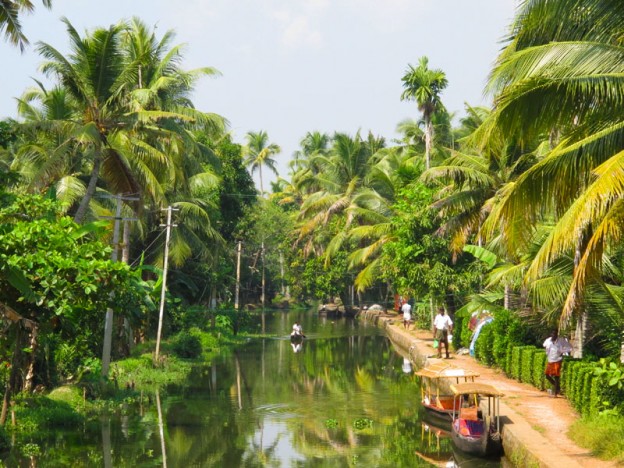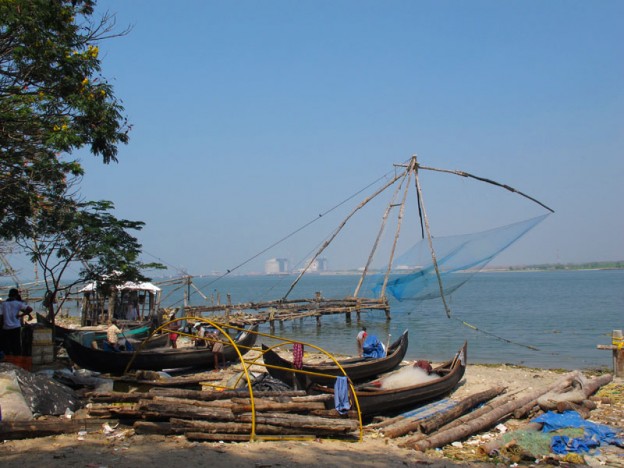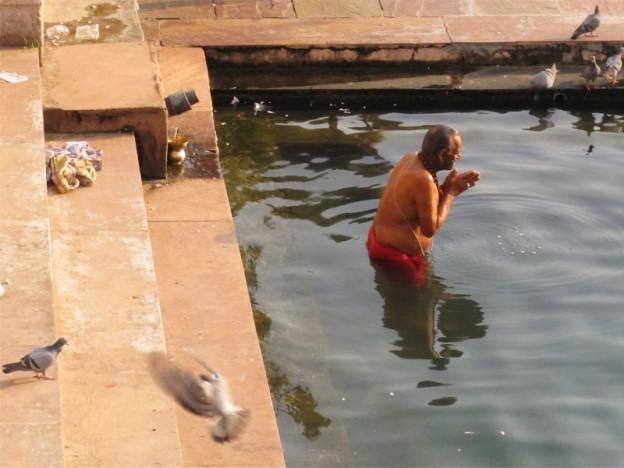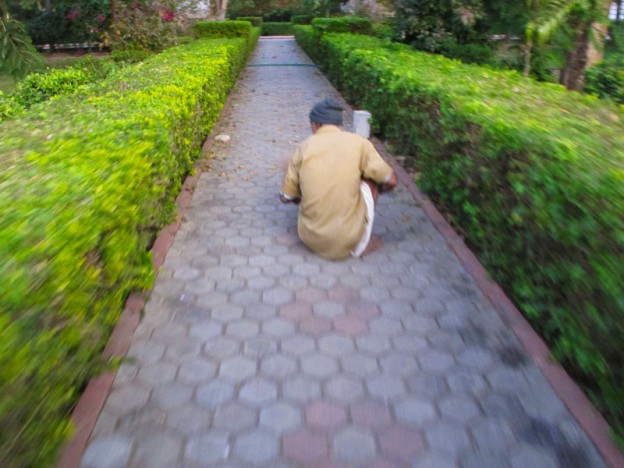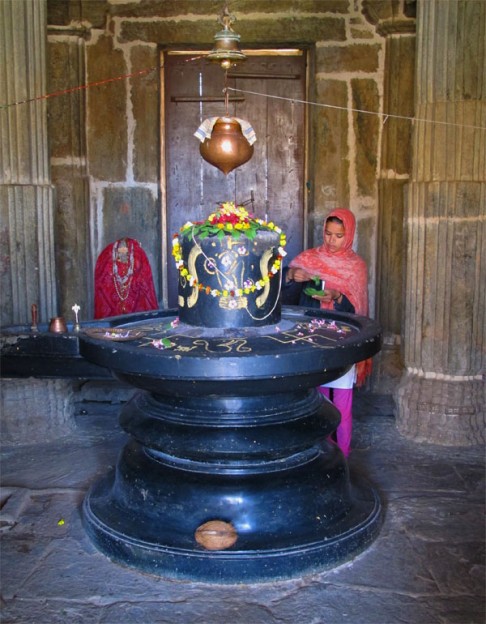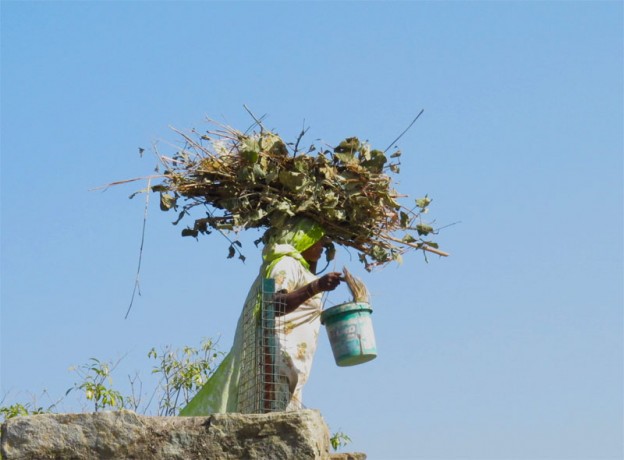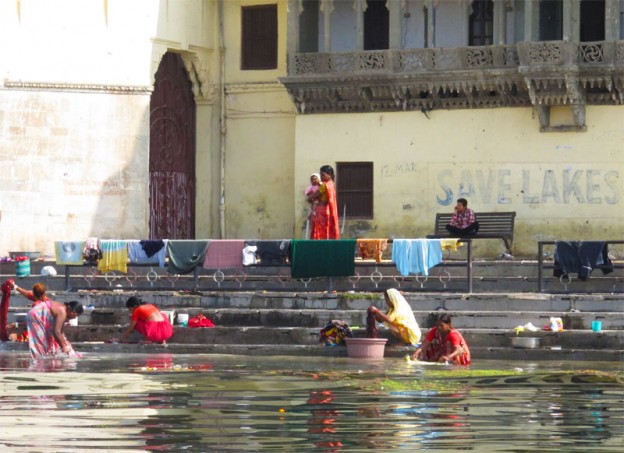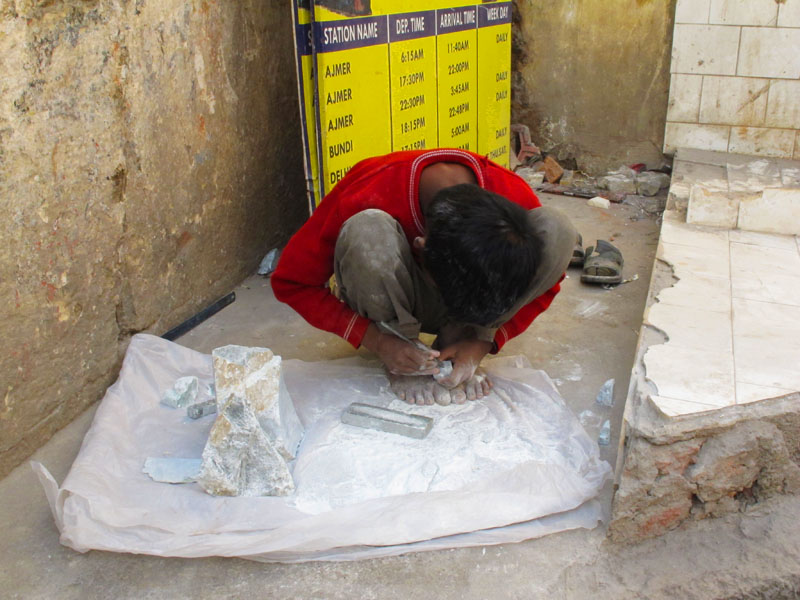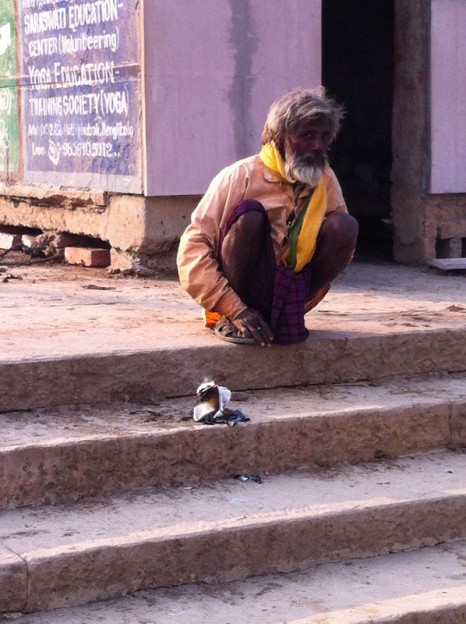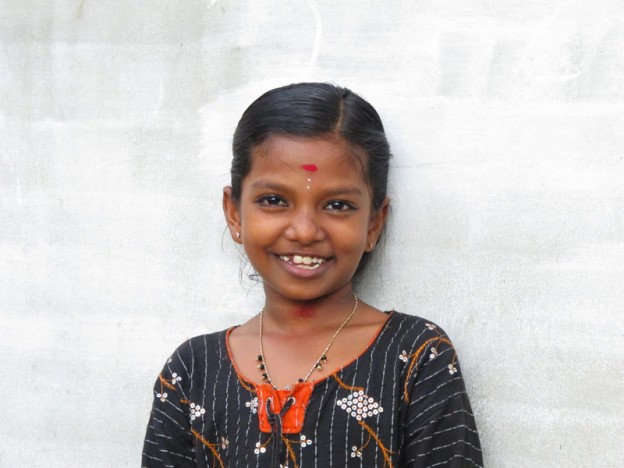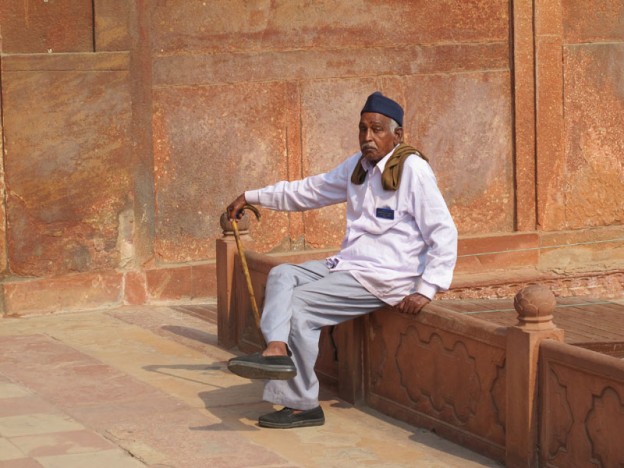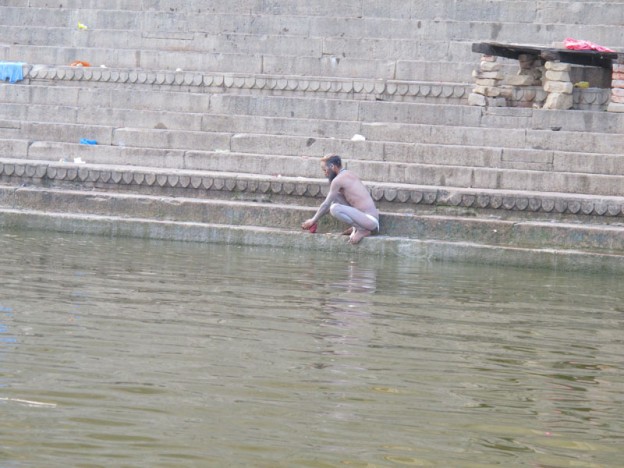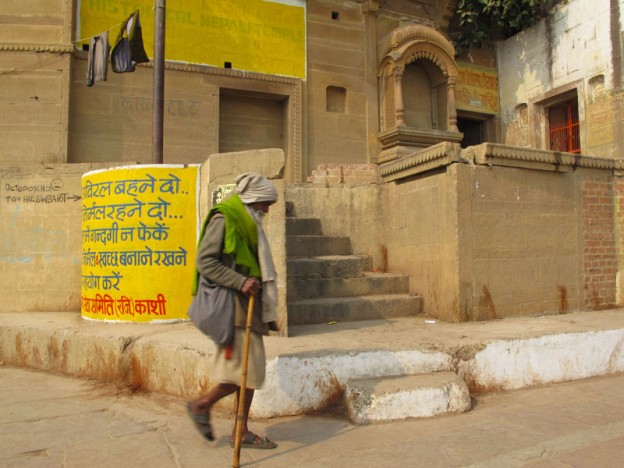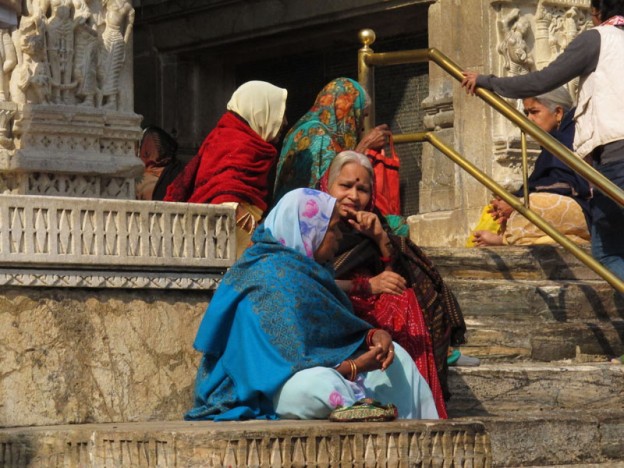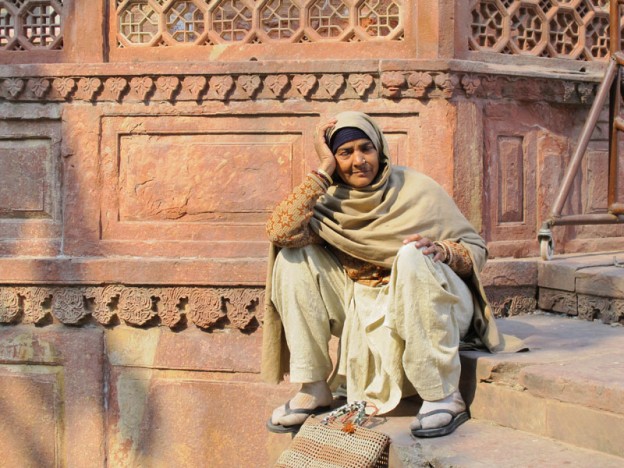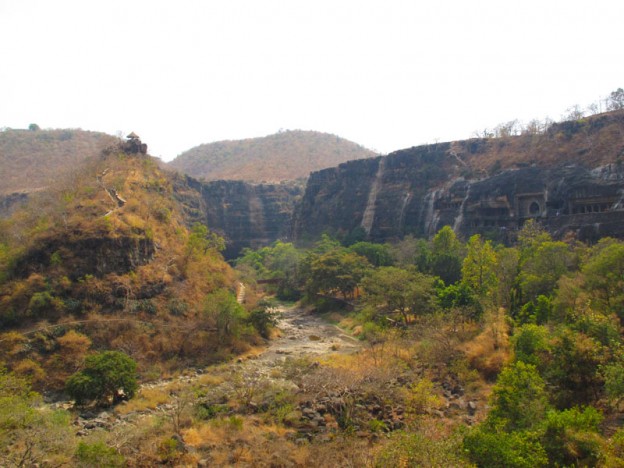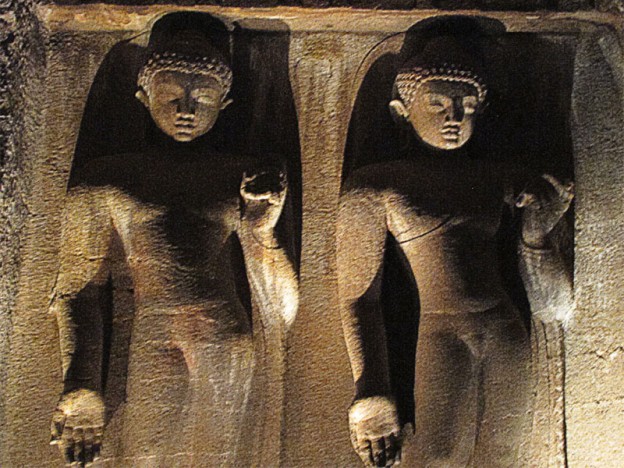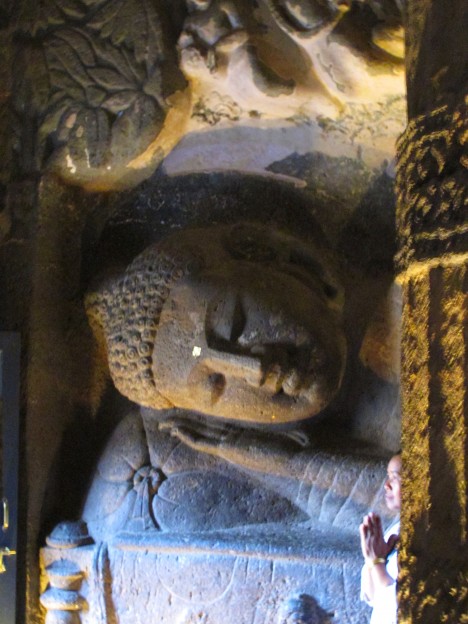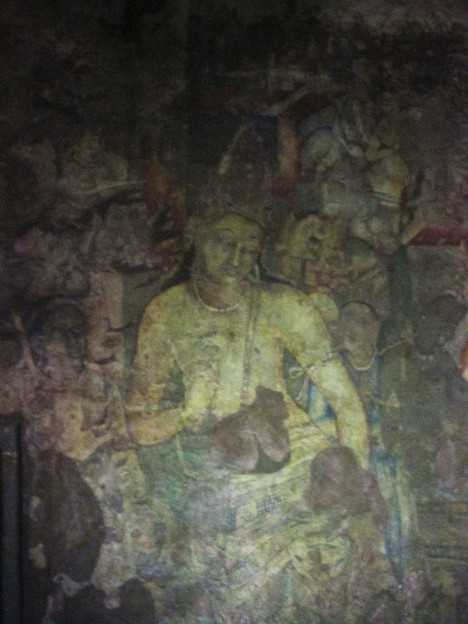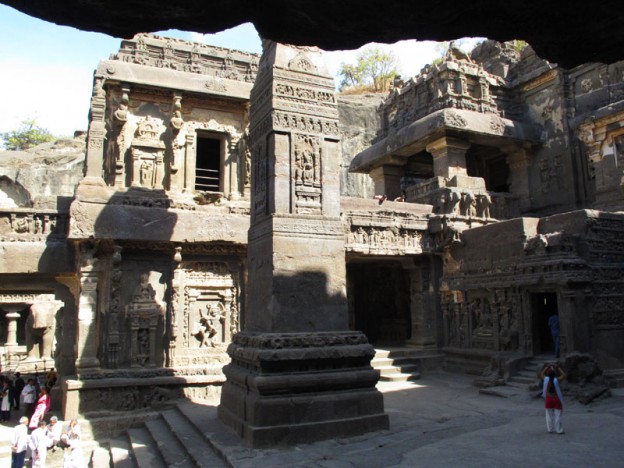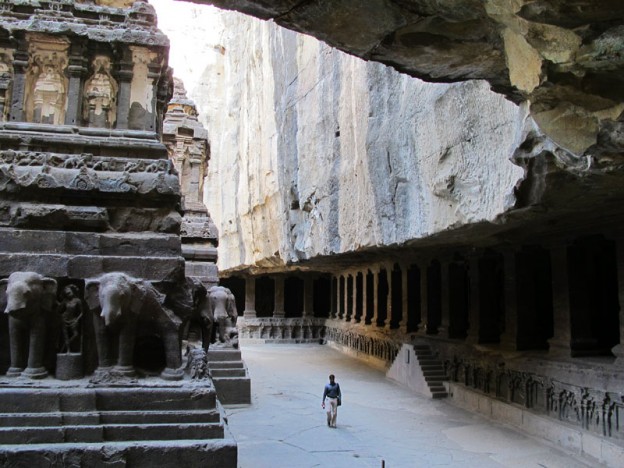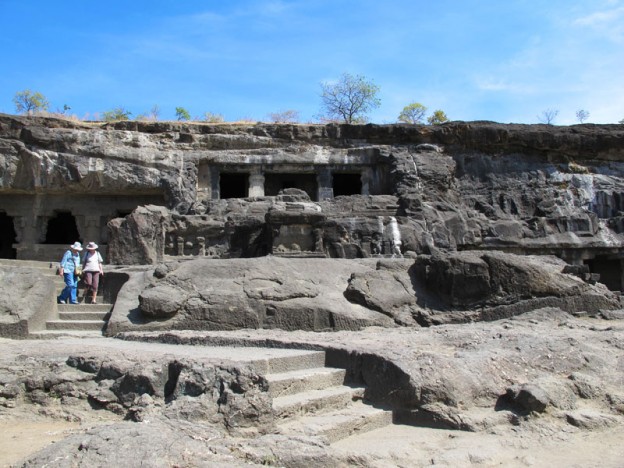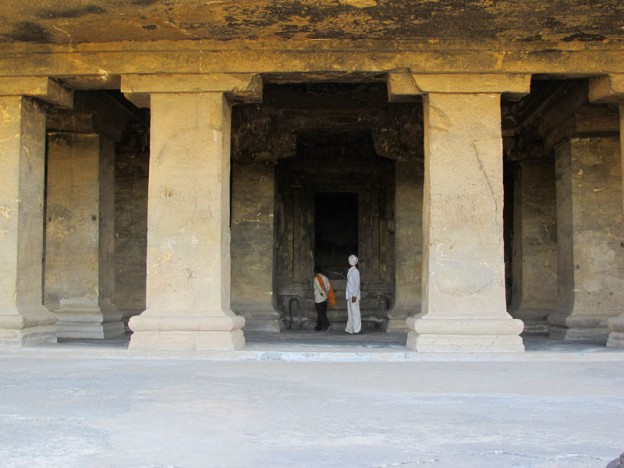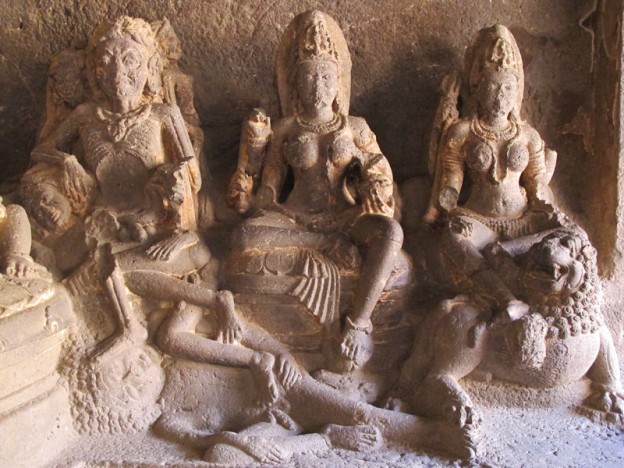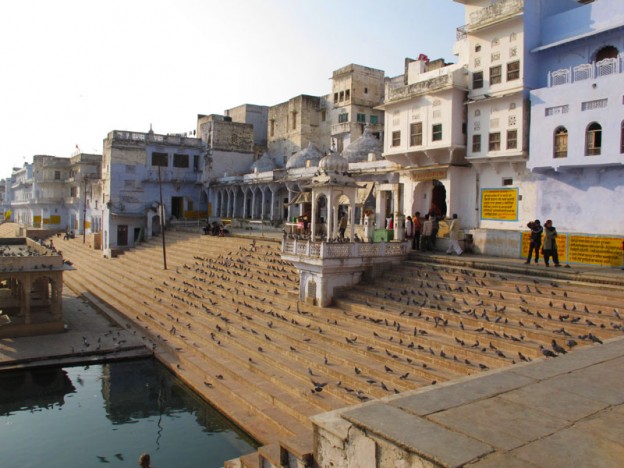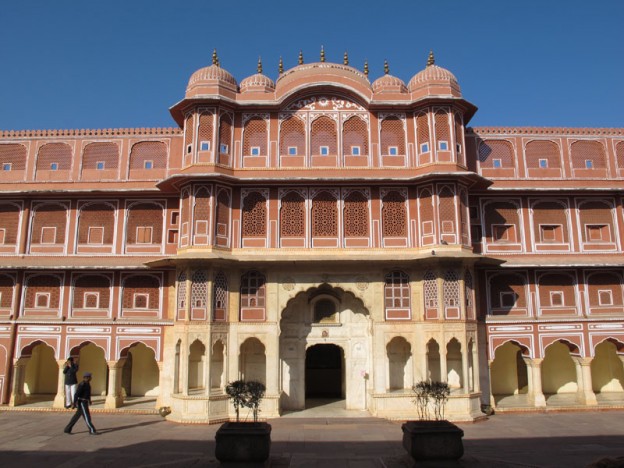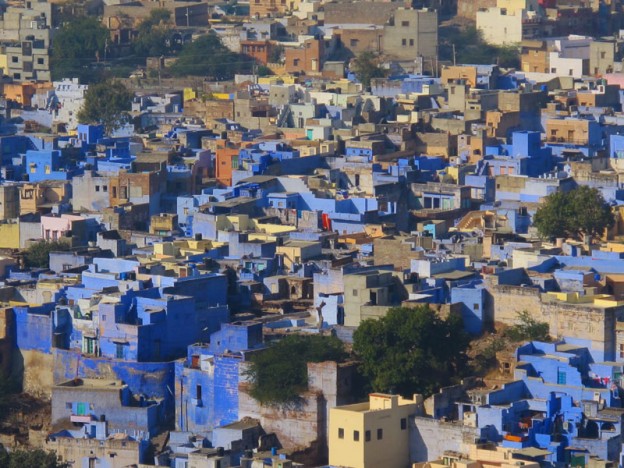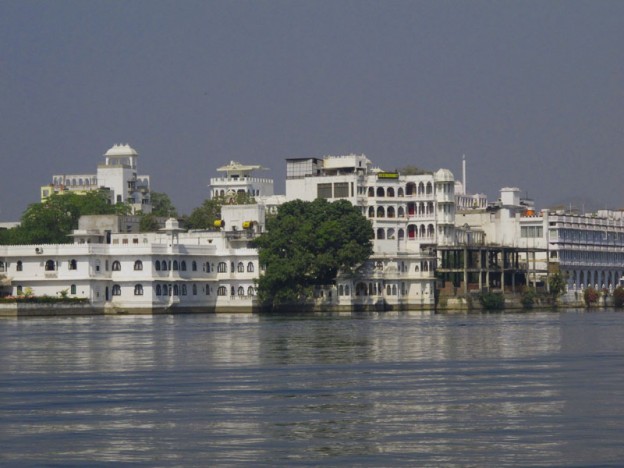Applying for a Myanmar visa in Bangkok, Thailand is really easy. A simple form is required, two passport size photos, 810 baht, and some time to wait in line is all you need to get your visa.
I’ve been in Thailand for a couple weeks now and decided instead of doing a visa run I would actually go to Myanmar (Burma). Most people need a visa to visit. Myanmar has been improving their political situation and opening up, so I thought now was as good of time as any. Although, it is supposed to be 100° and nearly 100% humidity when I’ll be there.
There is an e-visa option, however that is much, much more expensive and requires that you wait at the airport when you arrive. I opted to apply in person at the Myanmar embassy instead. The embassy is located at 132 Sathorn Nua Road (not too far from Silom). It is best to go early in the morning since the line starts forming around 7:30am and the embassy doesn’t even open until 9am. I made the mistake of showing up early, but on a holiday when the embassy was closed! That wasn’t fun. Keep in the mind, the line for visas is off to the side of the embassy down the soi, not on Sathorn Nua Road.
Before you stand in line, you will want to have all your paperwork in order. There are three options for this.
Option 1: The Mini Mart
There is a mini-mart about one block down the soi from the Myanmar Embassy. There are food stalls there, and a sign that advertises “copies” and other services. You can buy a form their for 5 baht.
What makes this is the best option is that you can also get a copy of the photo page of your passport there. I think they might even offer passport photos there, but double-check that as I had some already and didn’t need to get any.
Option 2: Print the Form Yourself
You can always print the form yourself if you have a printer. I, however, do not travel with a printer so that was not an option. Also, the form has an area that is in red ink, so you would need a color printer.
Option 3: Get Free Forms from the Embassy
Yes, the embassy offers the visa forms for free at window 4. If the first window on the left. Usually they don’t have them sitting out, so you just have to barge up there, interrupt what is happening, and ask for the form. Don’t wait in the line outside if you are only getting forms. Just go inside. The security dude doesn’t seem to concerned about anything, but if he asks you just tell him you are getting the visa form.
The problem with this option is that the embassy doesn’t open until 9am. If you wait until then, you will literally be there all day as you have to go back out and wait in line. Plus you have to fill out the form.
I recommend the first option. Just pay the little bit of money to get the form from the copy guy, make a copy of your passport photo page there, and fill out the form at his shop. The form is pretty straightforward. It asks for your address, passport information, and on the reverse side you employment information (current and past). It is best that you be employed. I am not saying that you should lie, but you need to put something there. The form is easy to fill out (at least for most people).
You will need two passport size photos for the form. The copy guy gives you a paper clip to attach one. The other one will need to be pasted on. Don’t worry, if you are standing in line in the morning once you get into the embassy they have a glue stick floating around. Just ask to use it from window 4 or more likely from the people who it is being passed around to.
You will be in line for a while. I had to wait at least an hour and I got there at 8:30am. After waiting in line you will go to window 4 where that person checks to make sure you paperwork is in order. He is also the person that determines when you get the visa back. If you have flights booked you can pay for say day visa. If not, it takes three business day. He will staple your form and passport copy together and give you a number.
When your number is called you go to window 2 and hand over your paperwork and you passport. They do a quick check of your passport pages and your paperwork and then tell you how much you own. For the 3 day service it is 810 bhat. You will get a receipt and then you are done. You pick up your passport in three business days. Americans get a single entry visa that is valid for three months for a stay of 28 days.
A couple of things to keep in the mind. The embassy observes most Thai and all Myanmar holidays. You can apply for your visa from 9am until 12pm (noon). You can pick up your visa in the afternoon.
Have you applied for a Myanmar visa in Bangkok before? Share your experience in the comments section below.
